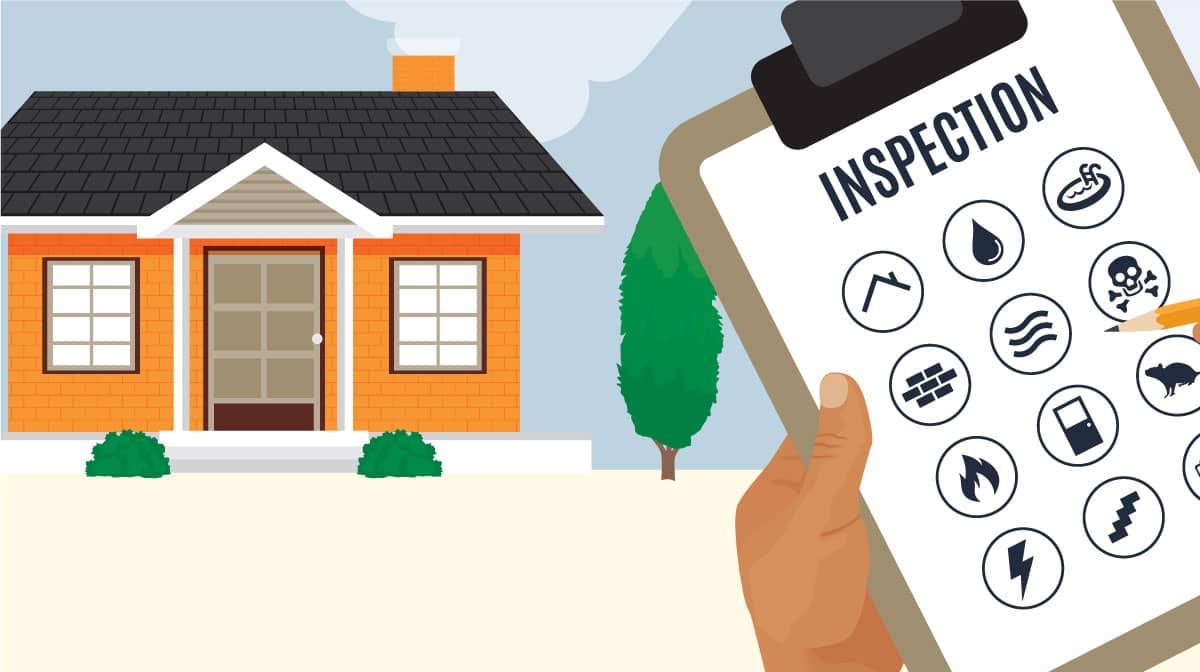Checking the quality of construction of your house is imperative while construction is under progress, as well as before you take possession. With a steep rise in the number of Builders/Developers and overall competitiveness of pricing, the quality of construction is taking a hit. For most of us, building/buying a new home is a one-time activity hence, we must be very vigilant about the materials being used during construction and the overall workmanship.
In this article, I’ll discuss a few basic quality checks any common person can do to be vigilant of the construction quality.
Soil test:
Although you will find in many places mentioning that you should get the soil report checked/verified but there is very little that a buyer can do with that information. Soil reports are generally used as a reference by the Structural Engineers to design the foundation of any building/structure. So, a soil test report is not going to help you in any way. The best you can do in this case is you can choose a good builder (having a well-proven record) to build your house or buy a house from a reliable builder. Keep in mind that an Engineer (Qualified and experienced) can be a builder but a builder may not always be an Engineer, and in such a case, be very vigilant. Let’s move on to the next check
Use of building materials:
The things which often meet the eye in a construction project are the building materials being used on site. Let’s explore each one by one:
- Cement: Cement used on-site often sets the tone of construction quality. So, as a buyer, observe the cement bag for the following details:
- Type of cement: Either OPC(Ordinary pozzolana cement) or PPC (Portland pozzolana cement). Both are mostly similar and provide a good quality finish.
- Grade of cement: Either 43 or 53. 43-grade cement is suitable for brickwork, plastering, flooring, and small scale construction whereas 53-grade is used in bigger projects.
- Shelf life: 6 months. Check the batching date on the cement bag. Ideally, a bag of cement should be used within 6 months.
- Free from lumps: If possible either visually, or by placing your hand check whether the cement which is being used is free from lumps. Good cement should be free from lumps.
- Brand: This is the last thing to keep in mind. The competition in the Cement manufacturing industry is immensely cut-throat hence, trust bigger brands. But, even if the builder is using local brand cement, give importance to the above 4 points.
- Bricks: Broadly in Indian construction, you will find red jhama bricks (burnt in brick kilns) and then there are AAC (Autoclave aerated concrete) blocks. Although the bricks/ block sizes are not standardized, in most places you will find red jhama bricks of 4”X8”X4”. You can check the following for red jhama bricks:
- Drop it from a height of 3 feet (1 metre); It should not break
- Try marking on it using a key. There should be ample resistance
- Take two bricks and strike them against each other. It should make a ringing sound.
- For AAC blocks, check whether it is too brittle. It should not be. There are no other visual tests for AAC blocks
- For plumbing pipes and fixtures, check the brands which are being installed on site. Standard ISI grade fixtures are recommended.
- For electrical wires and switchboards also, check the brands which are being installed. Standard ISI grade fixtures are recommended.
Workmanship:
Quality of construction is dependent on the use of materials and the workmanship. Also, to ensure good workmanship, dedicated, qualified, and experienced Engineers should be deputed by the builder. So, check whether the site has dedicated engineers/competent staff. Also check:
- Concreting: After concreting works have been executed, check whether the structure has a good smooth finish. Concrete can be done using a mixing machine or it can be procured from batching plants. Concrete procured from a batching plant is generally more reliable since the concrete mix is proper and as per design. But often due to the small scale of the project and also budget constraints this option is always not possible.
- Curing (Tari): Any concrete structure must be watered regularly for at least 5 days and max. 7 days. This is done to balance the heat of hydration released during and after concreting (concreting causes an exothermic reaction) and prevent the development of cracks.
- Brickwork: Before laying of bricks (red jhama), they should be adequately watered and then placed. Note: AAC blocks do not require watering before laying. After brickwork is done, curing must be done continuously for at least 3 days. You can also check the groove joints of bricks for assessing the quality of workmanship; on one side of the bricks, the groove joints should be properly filled with mortar and finished very neatly. For AAC blocks, an adhesive is used for bonding between two blocks. Check whether the joints are filled and neatly finished.
- Plastering: For both brickwork and plaster you can observe that the masons working on site have proper tools viz. A long aluminum section (called patti in hindi), a plumb bob to check verticality, a right angle to check 90 degrees at corners. Also, after plastering curing should be carried out for at least 3 days.
- Flooring (Tiling): This is straightforward, check whether the flooring joint is in a straight line; Use your knuckle or a key and tap on the floor or the wall tiles and check for any hollow sound. Hollow sounding tiles are not acceptable. Also, check using your feet if there is any level difference between the tiles. All flooring joints should be filled with grout.
- Painting: Builders generally primer the internal walls of the home and do not apply paint. But do keep an eye for any visible cracks. Cracks in putty or plaster should be repaired immediately.
You can check the external paint being applied in the building. External paint should be an all-weather paint (weather coat paint). - Waterproofing: All bathrooms in a house should be waterproofed. Also, the terrace should be waterproofed as well. If a specialized contractor is engaged for waterproofing, a warranty certificate should be taken and the same should be kept safely.
All these small/big checks will enhance the longevity of the house you will build/buy. It is always good to be a well-informed person so that it is difficult for builders to take you for a toss. And, if you have any doubts anywhere, do not hesitate to check with a qualified experienced engineer. We at Limpid Construction help our customers make informed decisions and choices about their homes.
Author – Sarbojit Dutta
Home Constructions | Renovations | Interiors
To know more about our team and our services, please click here
To read more of such interesting blogs, please click here


